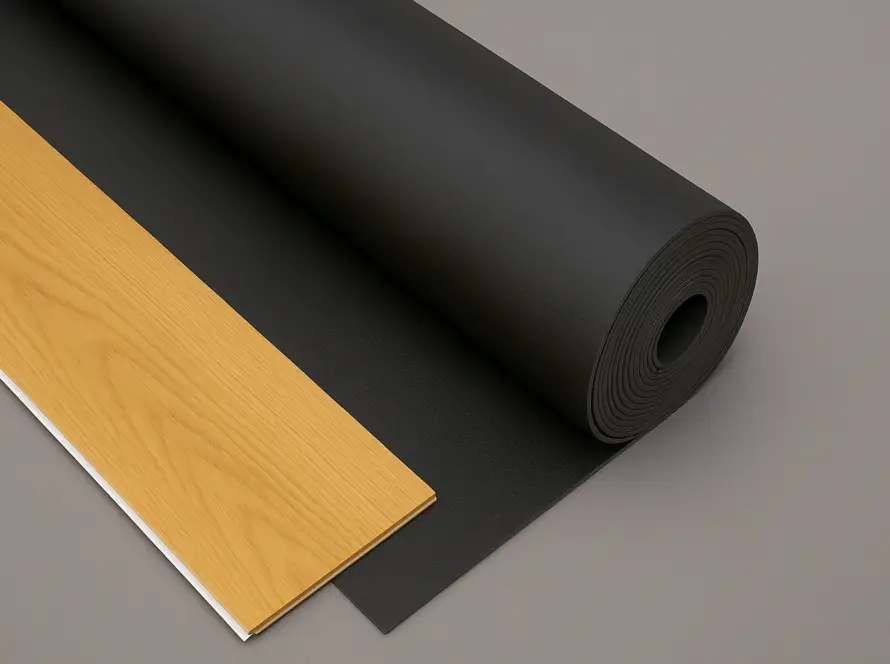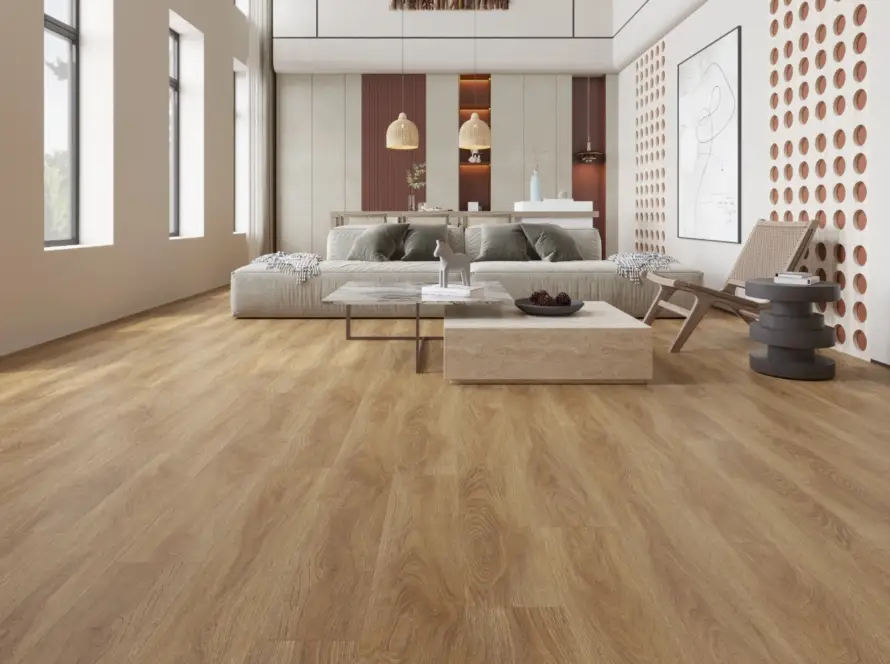In today’s vast array of flooring materials, vinyl flooring stands out as a popular choice for its versatility, durability, and cost-effectiveness.
Faced with a wide range of names like LVT, LVP, and Rigid SPC, consumers often feel confused. Which type of vinyl flooring is truly the best option? This article will provide you with an in-depth analysis to help you make an informed decision.
1. What is Vinyl Flooring?
Fundamentally, the core material of all vinyl flooring is polyvinyl chloride (PVC). This material gives them their shared excellent properties: waterproof, durable, and easy to maintain.
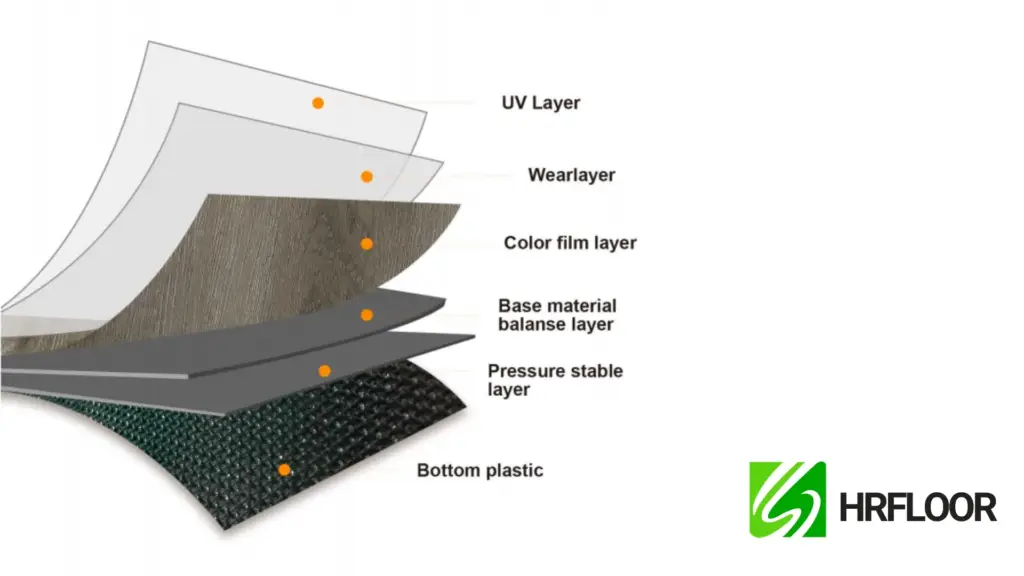
Whether in sheet, tile, or plank format, they all fall under the category of “resilient flooring.” Their basic structure typically includes a UV coating, protective wear layer, a design layer with a decor film, a core layer, and a backing layer. The various types of vinyl flooring are distinguished by the material and structure of their core layer.
2. Main Types of Vinyl Flooring: Pros and Cons
2.1 Luxury Vinyl Tile (LVT)
Available in square or rectangular tiles, LVT primarily mimics the appearance of ceramic tile or stone.
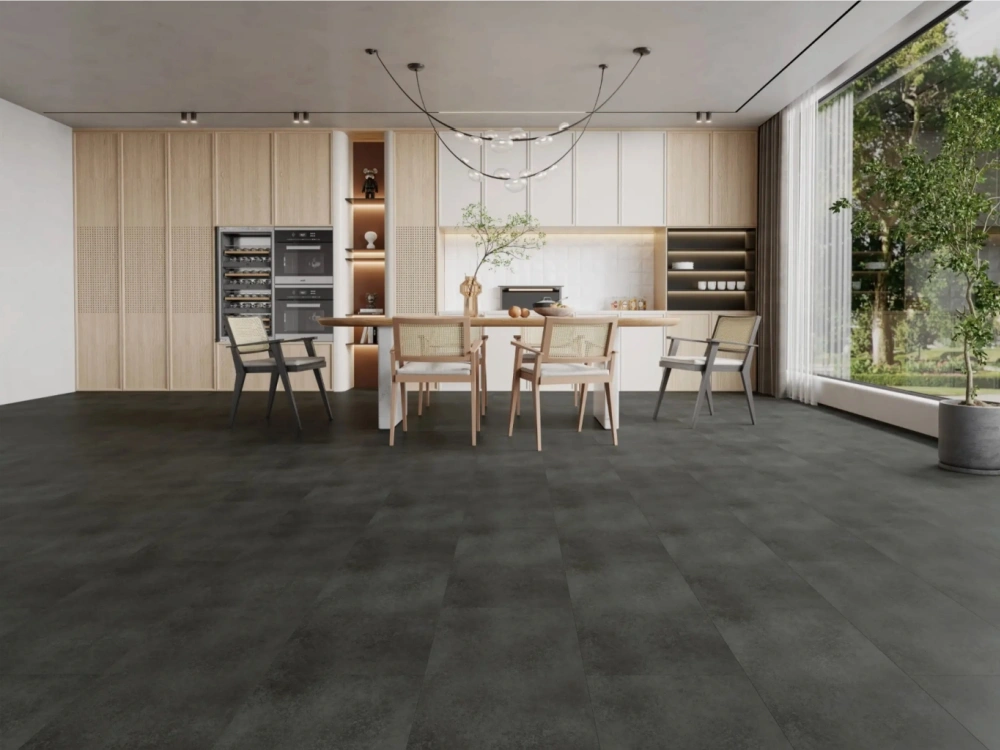
| Pros | Cons |
|---|---|
| – Realistic appearance, diverse designs – Simple to maintain, individual tiles can be replaced – Warmer and more comfortable underfoot than real tile – Highly eco-friendly, low VOC (Volatile Organic Compounds) emissions | – More seams than sheet vinyl, increasing the potential risk of water seepage – Installation requires a very level subfloor |
2.2 Luxury Vinyl Plank (LVP)
Available in long planks, LVP is specifically designed to replicate the texture and look of various wood floors.
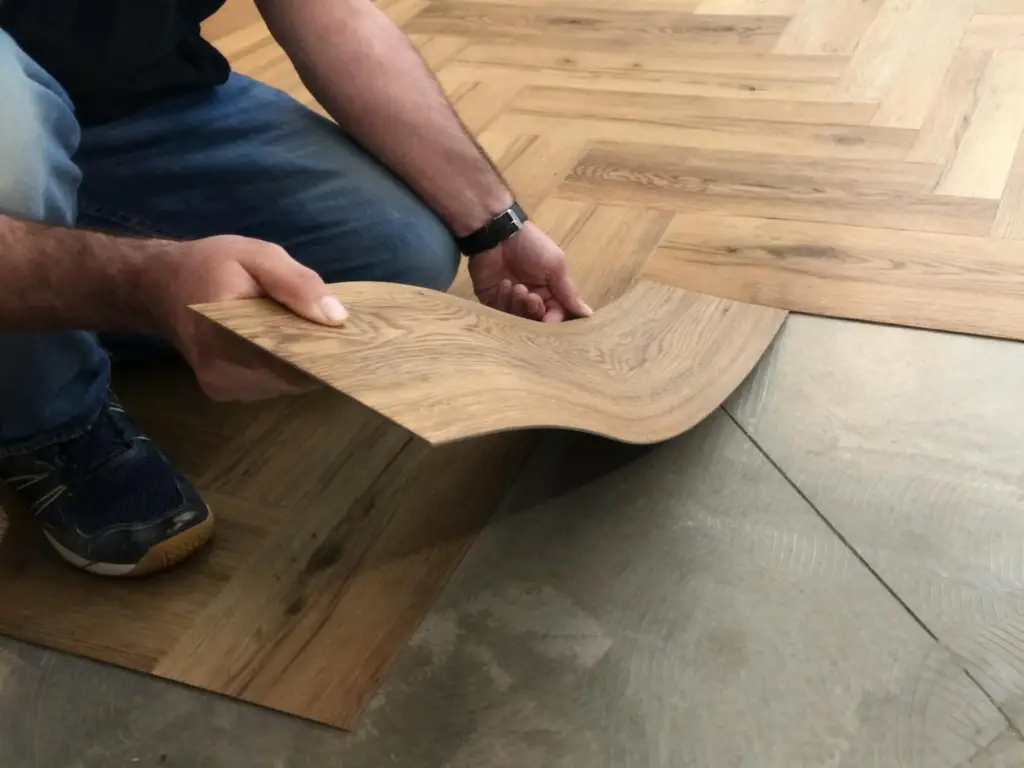
| Pros | Cons |
|---|---|
| – Realistic wood grain effects – 100% waterproof, ideal for kitchens, bathrooms, and basements – Usually installed with a click-lock system, making it DIY-friendly – More scratch-resistant than solid wood flooring | – Quality can vary significantly; low-end products may look cheap – Cannot be sanded and refinished like solid wood flooring – Some installations require adhesive, which may raise environmental concerns |
2.3 Sheet Vinyl
Supplied in large rolls, typically 6 or 12 feet wide.
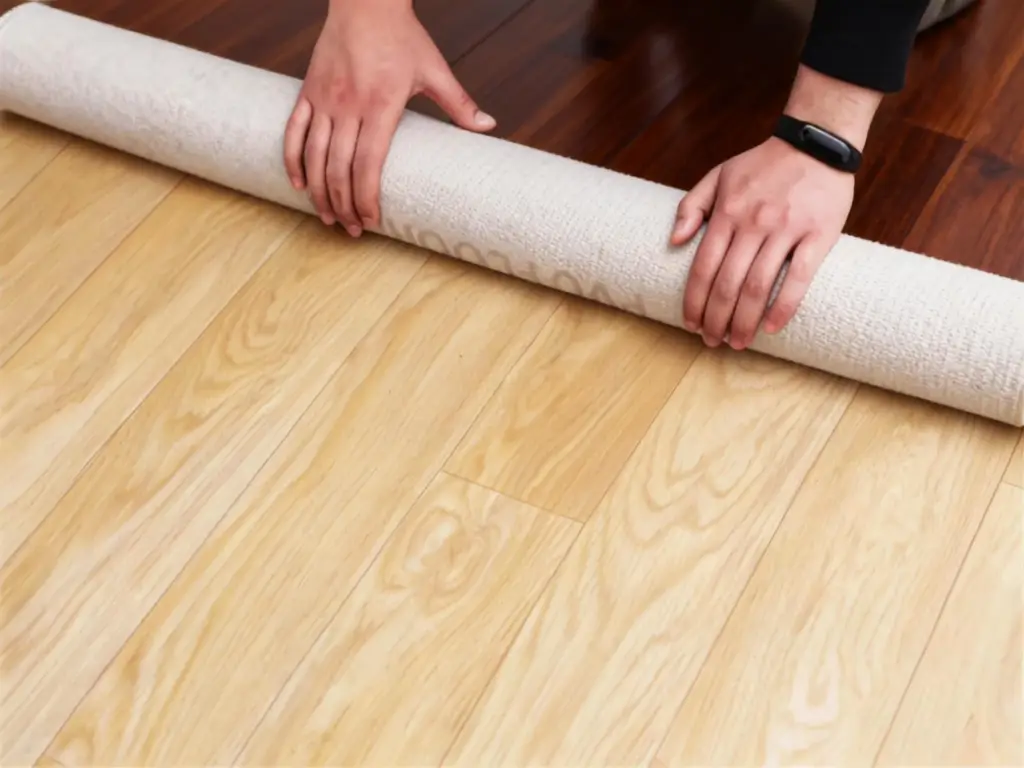
| Pros | Cons |
|---|---|
| – Extremely cost-effective; both material and installation costs are very low – Virtually seamless surface, providing excellent water resistance – Soft and comfortable underfoot | – Requires professional skill to install; difficult for DIY – Difficult to repair if damaged; usually requires replacing the entire sheet – May lack the premium appearance and texture of LVT/LVP |
2.4 Rigid Stone Polymer Composite (SPC)
The core layer of SPC flooring is made from a composite of limestone powder and PVC, creating a high-density rigid core flooring.
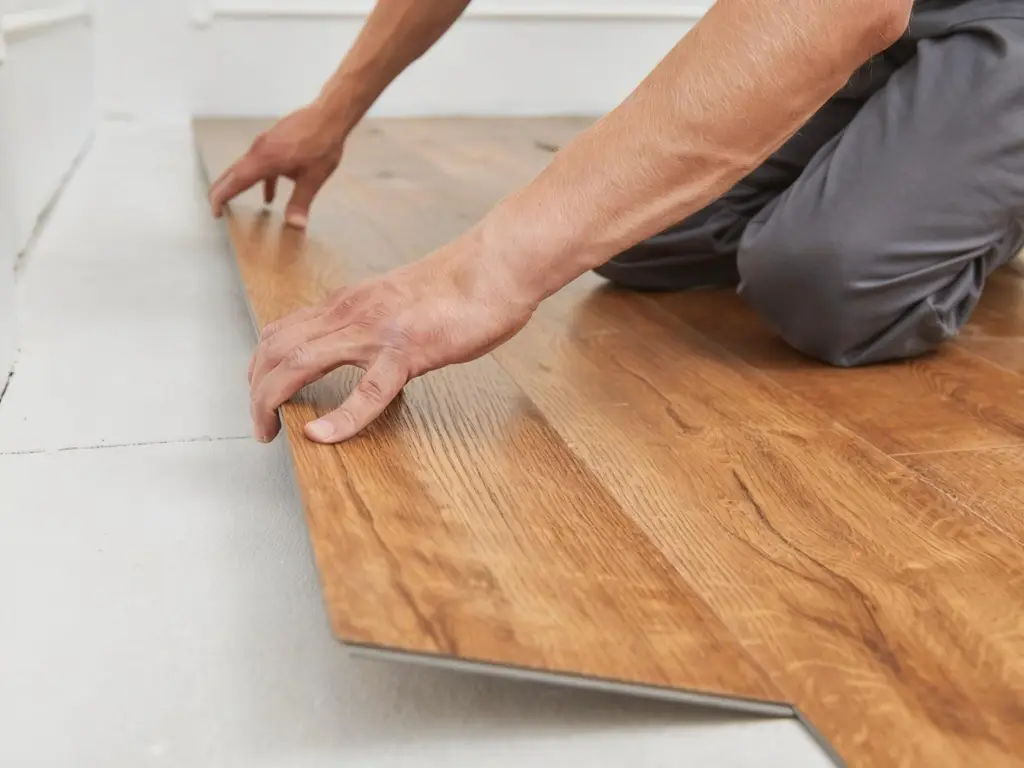
| Pros | Cons |
|---|---|
| – Extremely stable, virtually unaffected by temperature changes, resistant to expansion and contraction – High hardness, offering the strongest resistance to impacts and dents – Wear layer is typically thicker (0.3mm-0.7mm), suitable for high-traffic commercial and residential areas | – Firmer and less comfortable underfoot than LVT/LVP – Poorer sound insulation due to its density (though often compensated for with an attached cork underlayment) |
2.5 Wood Polymer Composite (WPC)
The core is made by wood powder/bamboo powder and PVC resin with a foaming agent, resulting in a lower density than SPC.
| Pros | Cons |
|---|---|
| – Most comfortable and quietest underfoot, making it an ideal choice for bedrooms and family rooms – Also possesses excellent waterproof properties – Slightly more forgiving of subfloor imperfections than SPC – Suitable for indoor or outdoor use | – Lower density means it’s less resistant to impacts and dents from heavy objects than SPC – Generally more expensive than SPC |
3. Which Vinyl Flooring is Better?
The “best” flooring depends on your specific needs, budget, and intended use.
From a cost perspective
Sheet Vinyl is the clear winner. It has the lowest material and installation costs. For those on a very tight budget or covering a large area, it is the most economical choice. However, its aesthetic quality and long-term durability may not match other types.
For quick installation and temporary use
LVT and LVP are superior. Most use click-lock or peel-and-stick installation methods, which are easy enough for the average person to DIY. If you want to change the style after a few years, removal and reinstallation are very convenient and highly flexible.
For performance and long-term value
SPC flooring is the top choice. It perfectly combines durability, stability, and waterproof properties. Its robust rigid core allows it to handle challenges from residential to commercial settings without significant expansion or contraction due to long-term use or temperature fluctuations.


